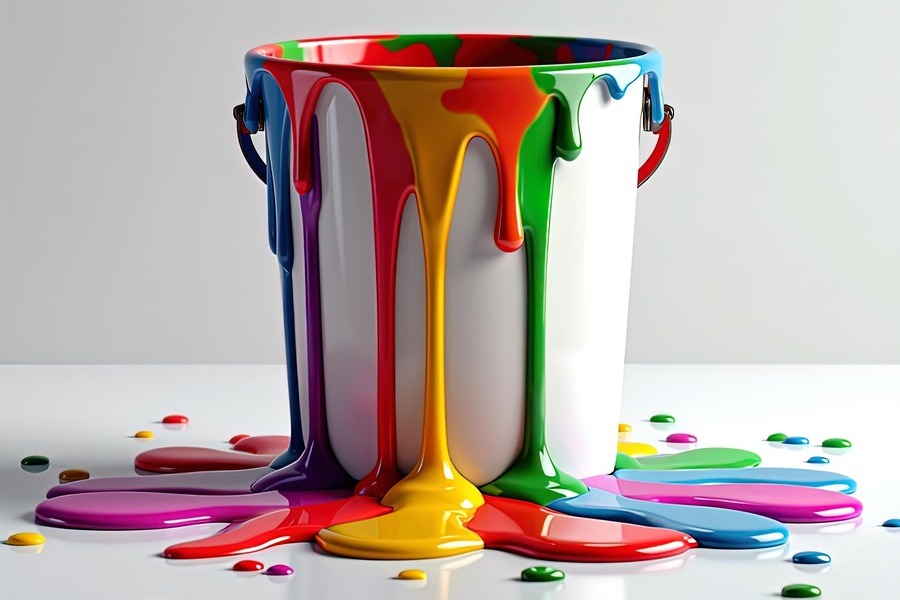
Coating and Paint

Main Applications of Coatings and Paints
1. Protection of Substrates
– Corrosion Resistance
– Metal surfaces (e.g., steel structures, pipelines, automotive bodies) are safeguarded by anticorrosive coatings (e.g., zinc-rich primers, epoxy coatings) to prevent rust.
– Marine coatings for ships resist seawater erosion and biological fouling.
– Weather Resistance
– Exterior building coatings protect walls from UV radiation, rain, and temperature fluctuations to avoid cracking or fading.
– Industrial coatings on bridges or offshore platforms withstand harsh climates (e.g., high humidity, chemical gases).
– Abrasion & Chemical Resistance
– Industrial floor coatings (e.g., epoxy resins) resist wear from heavy machinery and chemical spills.
– Tank linings use acid-resistant coatings to prevent corrosion from aggressive liquids (e.g., acids, solvents).
2. Decoration & Aesthetics
– Architectural Finishes
– Interior wall coatings offer diverse colors and textures (matte, glossy, textured) to enhance residential or commercial spaces.
– Furniture and cabinet coatings create smooth finishes and design flexibility (e.g., wood grain effects, metallic sheens).
– Product Styling
– Automotive paints achieve glossy, metallic, or pearlescent finishes to meet aesthetic trends (e.g., matte black finishes for luxury cars).
– Consumer electronics (phones, appliances) use colored coatings for brand differentiation.
3. Functional Enhancement
– Specialty Coatings
– Heat-resistant coatings (silicone-based) for oven parts or exhaust pipes withstand temperatures up to 500°C.
– Electrical insulation coatings (polyimide) on wires and transformers prevent short circuits.
– Non-slip coatings (with grit fillers) on stairs, decks, or industrial floors improve safety.
– Smart Coatings
– Self-cleaning coatings (titanium dioxide-based) on building exteriors decompose dirt under sunlight.
– Thermochromic coatings change color with temperature, used in temperature-indicating devices.
4. Industrial & Technical Applications
– Manufacturing Processes
– Powder coatings in metalworking achieve uniform coverage and high durability via electrostatic spraying.
– Ceramic coatings on engine components reduce friction and heat transfer in automotive engines.
– Electronics & Semiconductors
– Photoresist coatings in chip manufacturing enable precise circuit patterning.
– Conductive coatings on displays or antennas ensure electrical conductivity.
5. Cultural & Artistic Uses
– Art & Restoration
– Artists use oil, acrylic, or watercolor paints for canvas, murals, and sculptures.
– Restoration of historical artifacts employs specialized coatings to protect pigments and structures.
– Graffiti & Street Art
– Spray paints allow rapid, vibrant creation of urban art and decorative murals.
6. Environmental & Safety Roles
– Fire-Retardant Coatings
– Intumescent coatings on building structures expand when heated, forming a fire-resistant char layer.
– Antimicrobial Coatings
– Silver/zinc-based coatings on hospital walls or kitchen surfaces inhibit bacterial growth.
– UV Protection
– Coatings on plastics or wood products (e.g., outdoor furniture) contain UV absorbers to prevent aging.